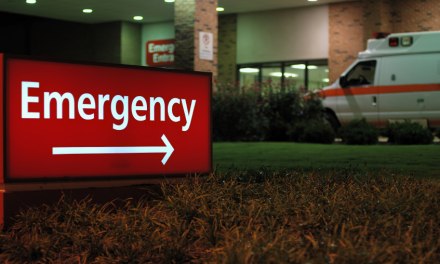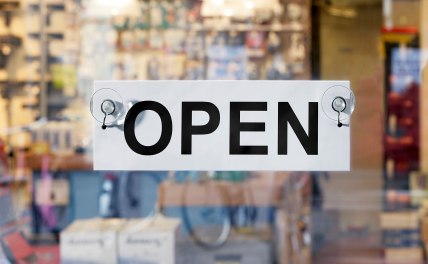A couple years ago I was at a conference listening to a speaker advocate for the removal of controls on the access to opioid maintenance meds, principally methadone and buprenorphine. His argument was controls on these meds needed to be abandoned; in his view, they were the only thing that worked. Hardly anyone ever succeeds in drug-free treatment, was his claim, and he had slides and charts and stats that seemed to support his viewpoint.
Problem was, at the time I happened to be sitting next to a two former heroin addicts, now married to one another, who’d both been drug-free for at least a decade. They seemed normal enough to me (by which I mean no crazier than the rest of us). The husband had done three stints in jail before getting into recovery for good. The wife had done several years on unsuccessful methadone treatment– she kept relapsing to other drugs and developed a severe alcohol problem– before commitment to a year in a residential program, after which she was able to stay clean and sober. Neither had relapsed since. Both employed, with kids who seemed to be doing well.
I was tempted to introduce the speaker to these folks. I’m one of those people who when confronted with a problem immediately look around to see if anybody else has already figured out a way of handling it. Yet I hadn’t run across many articles on this subject. It felt like we’d assumed failure based on our experience, rather than examining the exceptions to our rule. I mean, if I knew a bunch of former addicts who recovered without opioid meds, then why weren’t they being interviewed?
I can think of a couple reasons. One possibility: The way we measure success. The available research suggests that in the neighborhood of 8 in 10 opioid addicts who go through drug-free treatment return to using. Then again, it also suggests that the ‘return to heroin’ rate among former maintenance clients may be even higher. Yet I personally have met a number of folks who have been in stable drug-free recovery for a long time– including some, like the woman who sat next to me, after an unsuccessful stint on maintenance. So how did they do it? Maybe they have something to teach us.
Something else occurs to me. There’s other research that seems to prove that multiple treatment episodes are the rule rather than the exception when it comes to opioid recovery. If that’s the case, then a high return to heroin rate following a given episode should be an expected outcome rather than a sign of treatment failure. All the opioid addicts, at least the severe ones, went through multiple treatments, of varying types, prior to finally establishing a genuine recovery. In my experience that’s regardless of age.
I sure hope we’re not putting folks on opioid maintenance based on the assumption that they can’t otherwise succeed, when they may simply not have succeeded yet. Nobody denies that coming off opioid maintenance, even with an extended taper, can be extraordinarily difficult. A challenge that even highly motivated patients are likely to fail.
Here’s something I wrote some months ago on one youth’s experience in recovery. I suspect it isn’t an uncommon one. Maybe we should pay closer attention to such experiences.














What if failure is simply a step on the way to success?
I’ve quit a few things that hooked me in, and that still hook others. But I failed many times on that road.
We need to redefine the word FAILURE.
From here on out, it just means, a period of time before you try again.
Dr. Dan Engle, MD is a practicing psychiatrist, board certified in psychiatry and neurology.
look his work up.
to qoute “. I mean, if I knew a bunch of former addicts who recovered without opioid meds, then why weren’t they being interview”
to the contrary, they are being interviewed and/or telling their
stories of how they use alternative methods for addictions. The succes rate for treatment to opiate addiction
using iboga is 80% !! ( not in usa is why it is not nationally known)
follow link for further inquiry
http://reset.me/